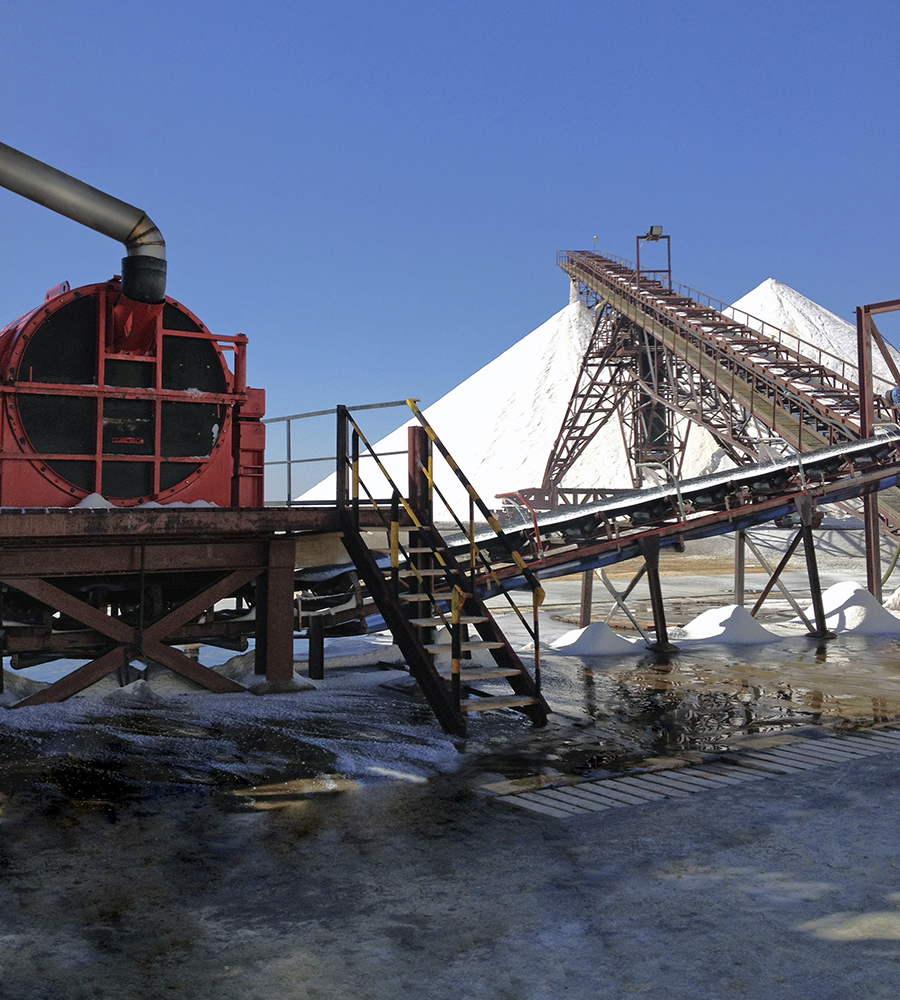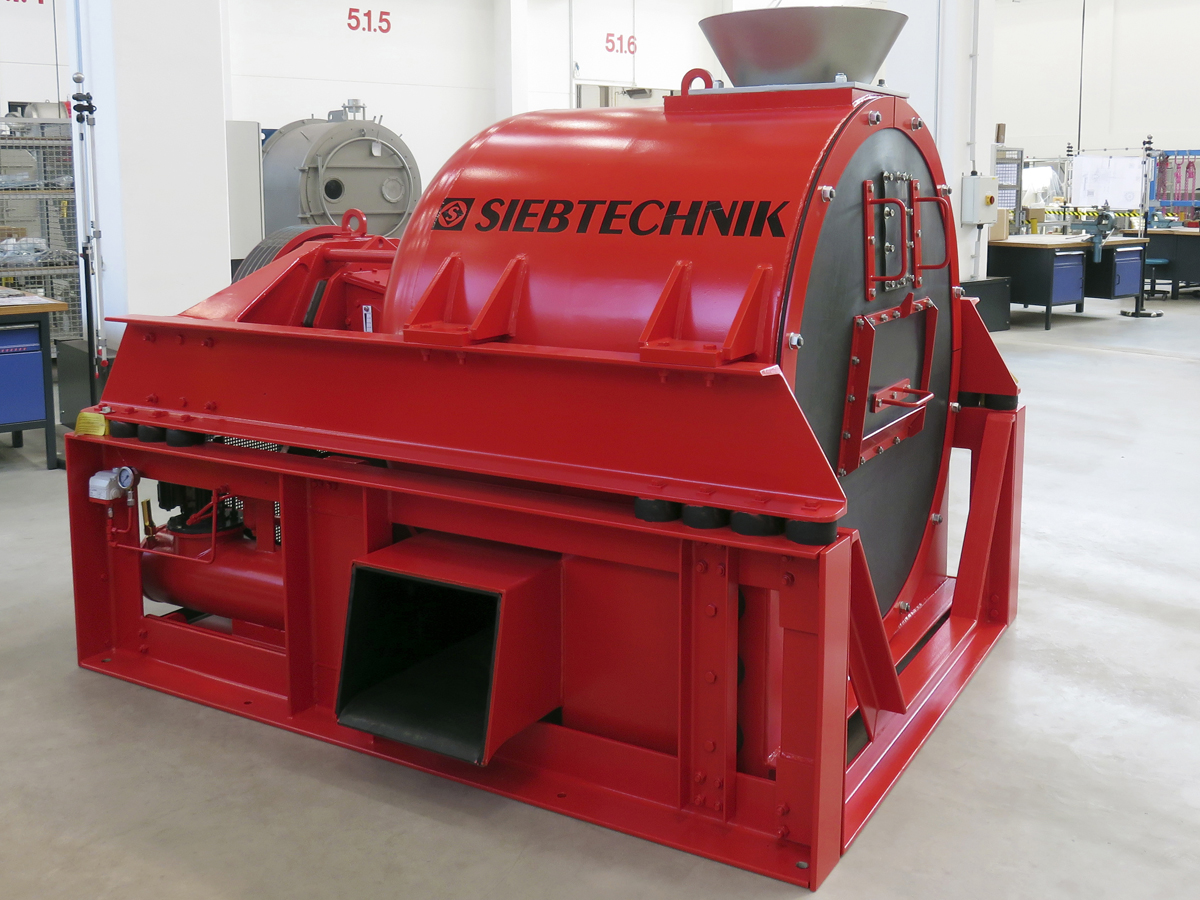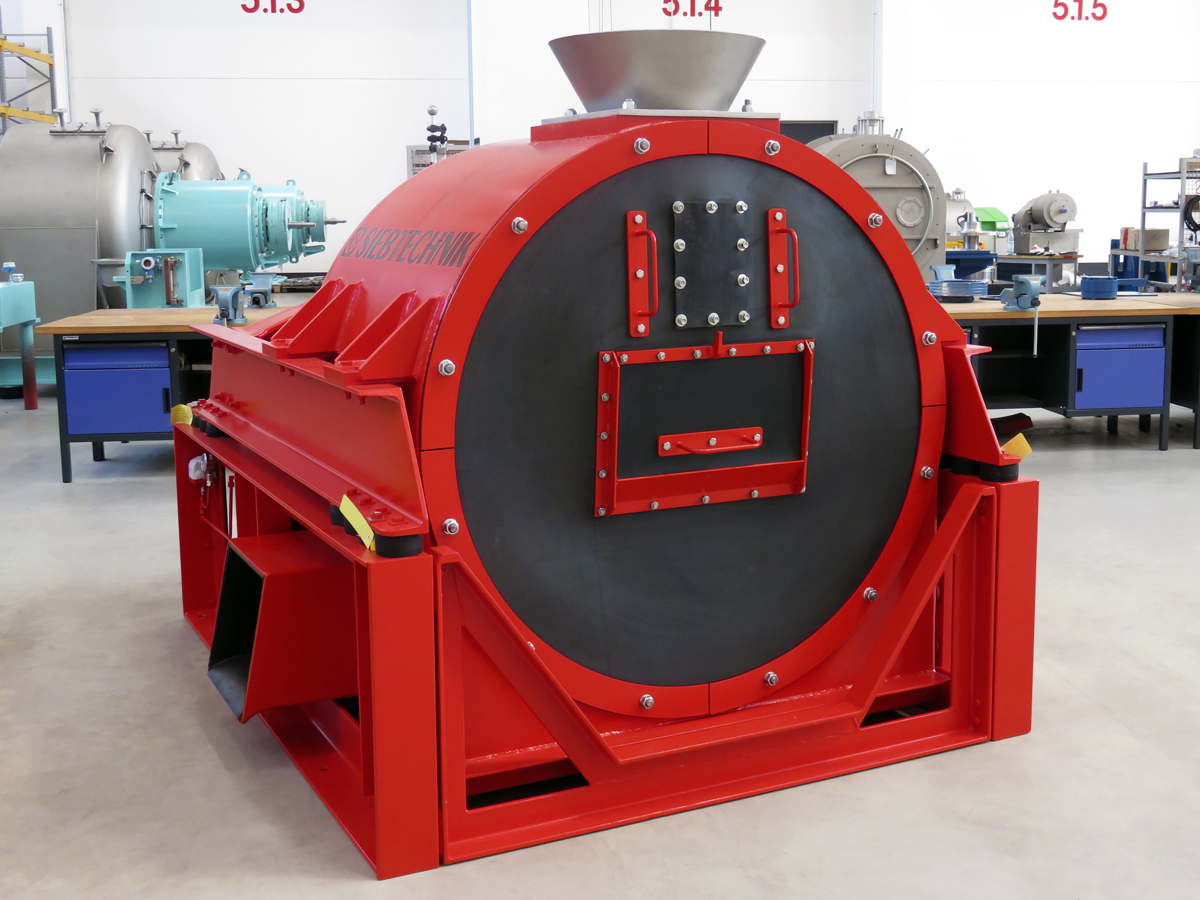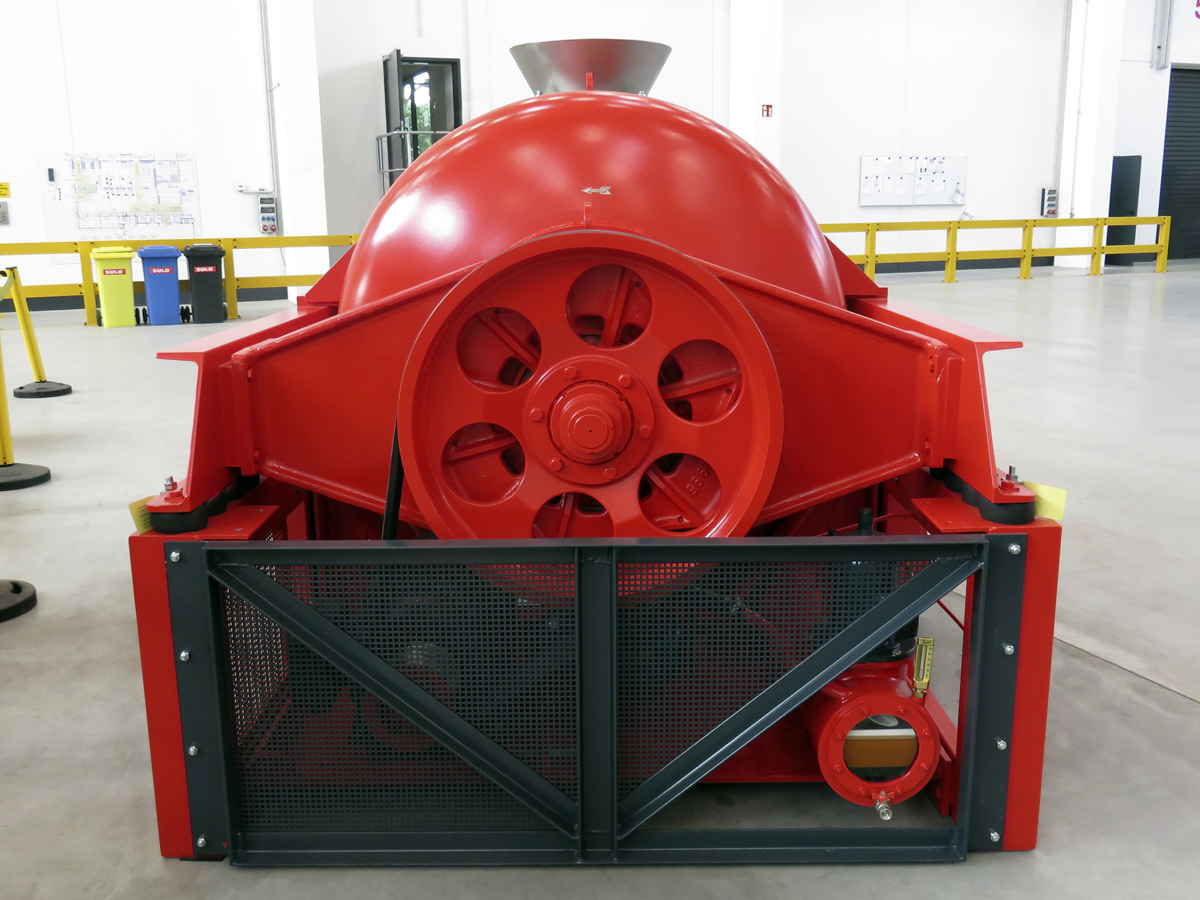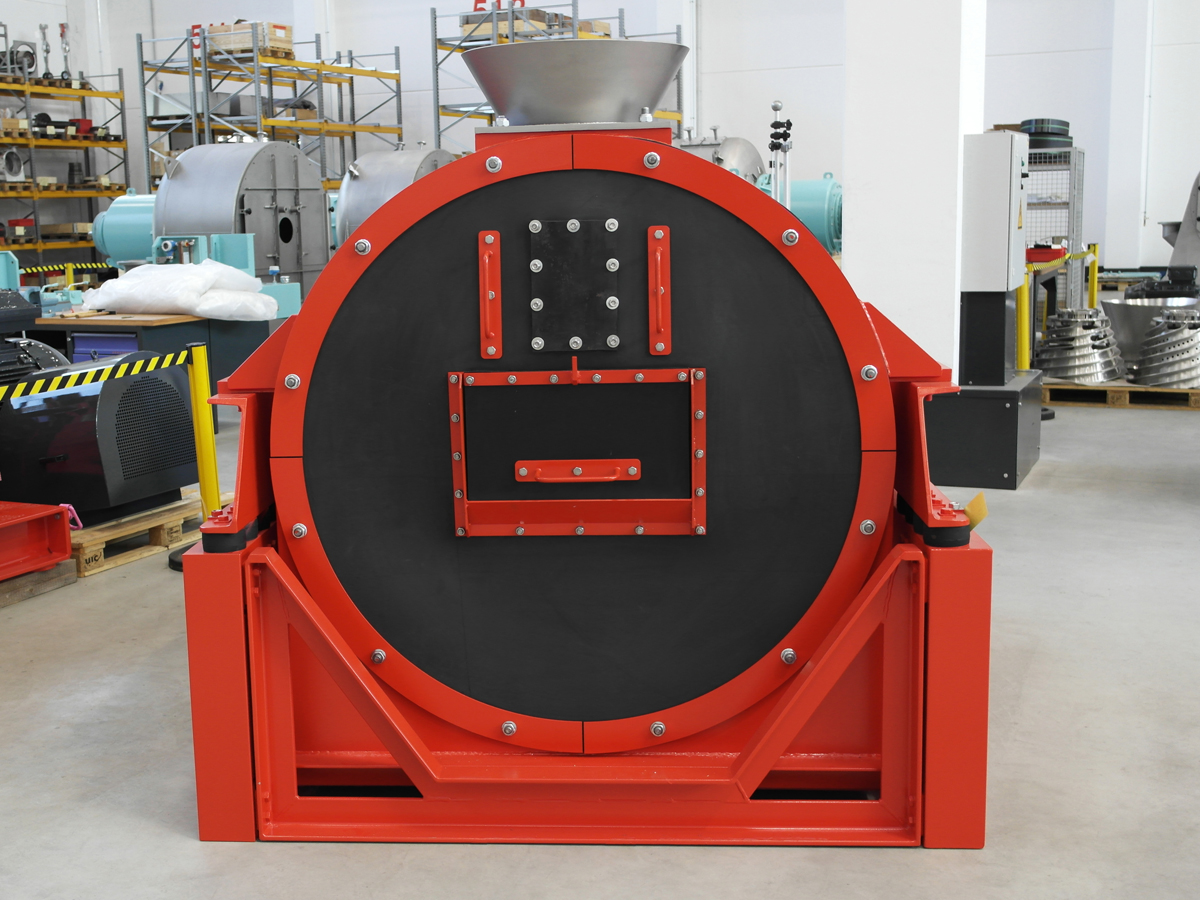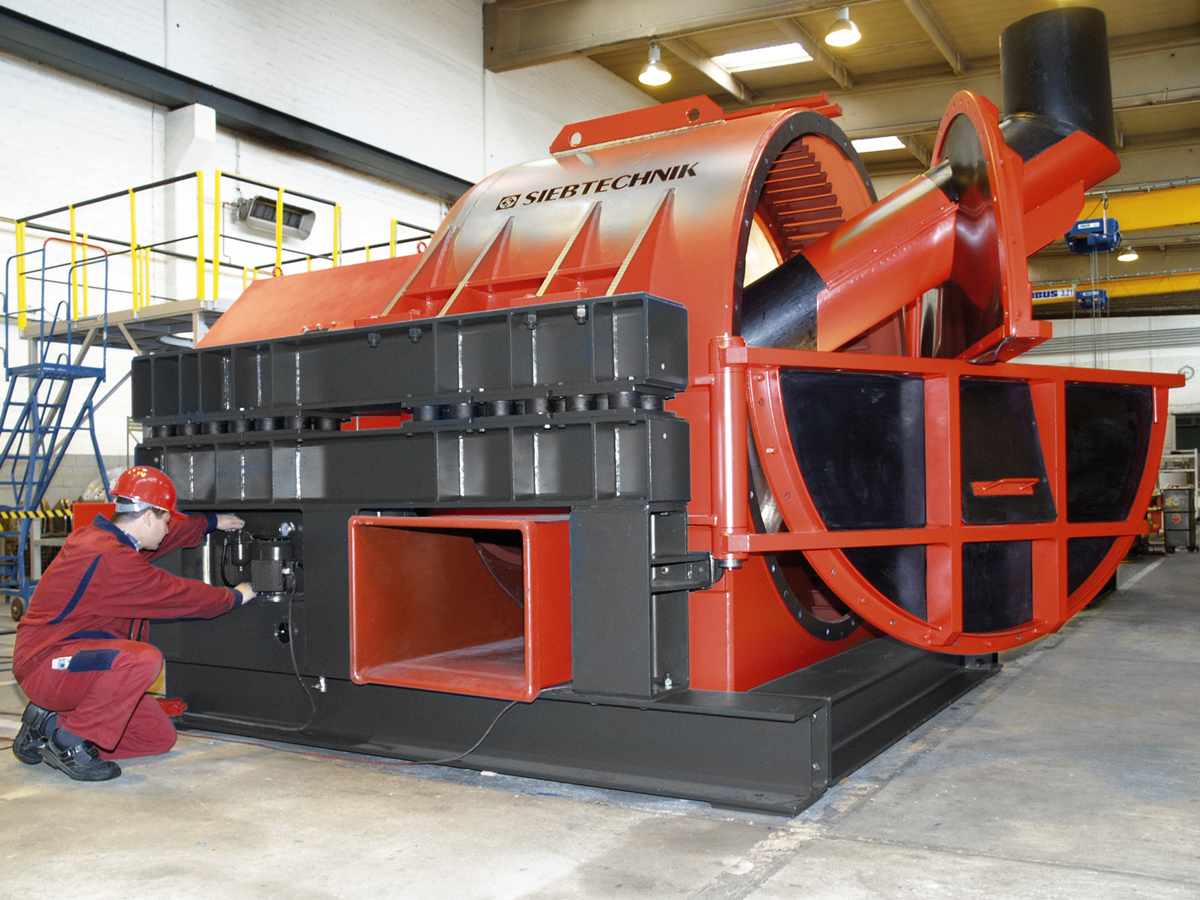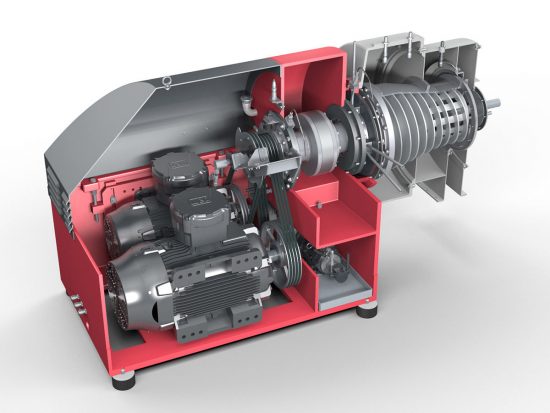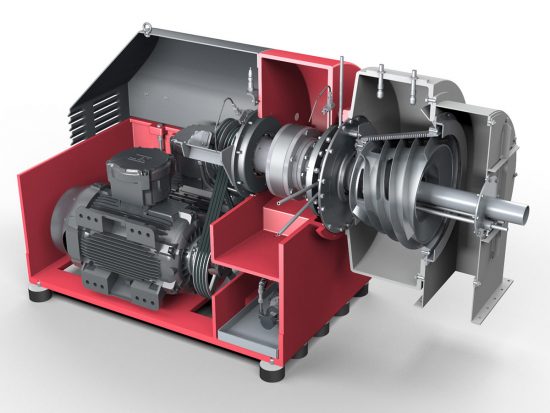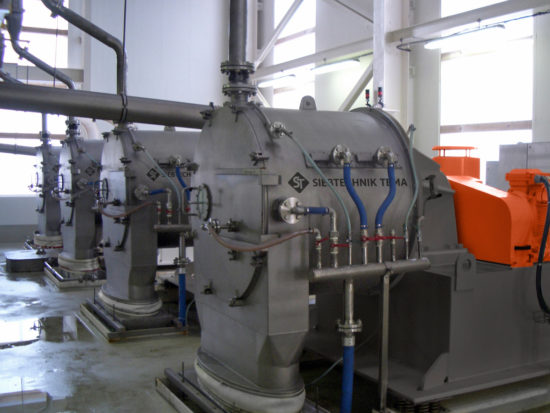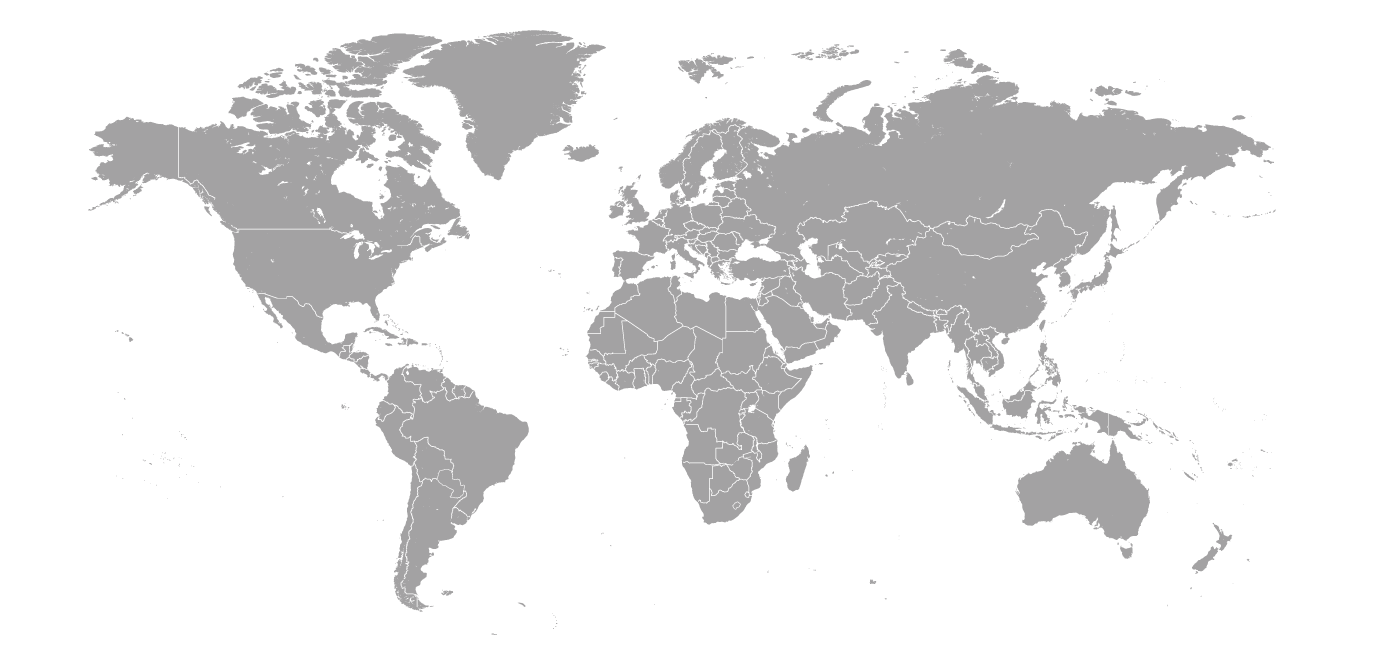HSG vibrating centrifuge
HSG vibrating centrifuge
Master of solid quantity throughput
With the SIEBTECHNIK TEMA HSG vibrating centrifuge you can continuously dewater the largest quantities of solid material in the world.
Coarse salts, sea salt, potash, coal, sand or whatever: the HSG continuously dewaters the largest quantities of solid material reliably, fully automatically and self-regulatingly. Even with fluctuating feeds the HSG does its work at the lowest possible energy cost.
Steady and continuous operation and a maintenance-friendly construction are the result of over 70 years of consistent further-development of SIEBTECHNIK TEMA HSG centrifuges.
Operational behaviour and mechanical characteristics
The HSG vibrating centrifuge is our best-performing centrifuge with regard to solid material throughput.
It is suited above all for coarse-grained or otherwise easy-to-dewater mass materials such as washed fine coal, middlings or washed smalls in mineral coal processing, for solution and washing residues in potash processing, sea salt, concrete sand, etc.
The solid material is conveyed over the screen of the conically tapered bowl by the combined action of the tilt and axial vibration of the bowl.
The precondition for a controlled sliding speed is that the angle of tilt is somewhat smaller than the slide friction angle of the product to be dewatered and that the axial vibration acceleration is sufficient to overcome the remaining difference in product friction on the screen. Because narrow limits are set for vibration acceleration during design, vibrating centrifuges must normally be operated with centrifugal accelerations of less than 120 xg.
Screen basket, inlet cone, shaft and bearing housing form the small mass of a vibration system that is coupled via rubber springs to the large mass consisting of cross-member and product housing.
Vibration is excited by means of contra-rotatory unbalance masses in the resonance range a little below natural frequency. Because of this very stable vibration characteristics are guaranteed for excitation, even with a low output requirement.
With higher loads on the machines, that is, enlargement of the small mass through product build-up in the bowl, their natural frequency diminishes and approaches exciter speed, so becoming more resonant.
This causes the vibration amplitude and the conveying speed of the solid matter in the bowl to automatically increases.
The machine “works itself free”, is self-regulating and within broad limits adapts itself faultlessly to feed fluctuations. The bowl and vibration exciter are driven via V-belts by means of three-phase motors.
So the speed can be easily adjusted to suit operating conditions. Drive motors and reservoir with a pump for the oil-circuit lubrication of all bearings are fastened to a base frame on which the centrifuge is also mounted via vibration-proof rubber buffers.
Like all of our continuously operating centrifuges, the vibrating centrifuge can be installed even at higher floor levels without a special foundation or reinforcement.
Fitting variants
The profile wires of the slotted screen baskets are made of stainless steel. The inlet cone and feed pipe are, if required, manufactured from wear- and/or corrosion-resistant materials. The product housing is made of steel and can be supplied with rubber, ceramic or other linings as wear protection in the solids discharge area.
Drives for centrifuges
The solution to a separation task depends very decisively on the centrifuge drive. The centrifugal force required for solid-liquid separation is determined by the bowl or screen speed. To achieve the right speed for optimum separating results, it is frequently necessary to keep the speeds variable. The drive control needed for this is designed by our specialists specifically to fit your application.
Furthermore, on screen worm centrifuges and in decanters the speed differential between the solid-conveying worm and the bowl is decisive. It determines the time which the solid spends in the centrifuge and so the quality of the drying. The correct speed differential for your separation task is determined by the correct choice of gear unit. The speed differential here may be constant, but may also be variable. In the latter case the back-drive, where the otherwise fixed gear input shaft is also driven, is used. If the worm speed is required to be kept completely independent of the drum speed, hydraulic drives (viscotherms) or two-stage gear units with an upstream differential planetary stage are used.
To guarantee the operational reliability of your centrifuge, the drive system is continuously monitored. Excessive speeds, overcurrent and slip are identified and reported to the machine control system and there processed.
Only a drive system specially designed for your separating task will give optimum separating results.
Service
Our reliable service enables optimum operation of your machines and systems. We offer energy optimisation, machine monitoring, an on-site maintenance and & repair service, OEM spare parts, damage cause analysis, maintenance & repair kits, stock inventory analysis, machine history management, personal technical consultation, training & workshops, 24 hr service, retrofitting & upgrades and used & loan machines.
Ask us, we’re there for you.
System solutions
SIEBTECHNIK TEMA has consistently developed itself into one of the world’s most innovative manufacturer of continuous centrifuges and suppliers of system solutions in the field of mechanical and thermal solid-liquid separation since the early 1940s. SIEBTECHNIK/TEMA is your reliable partner for customer-focused, custom-built machines and system solutions.
SIEBTECHNIK TEMA centrifuge and drier systems offer you the latest technology, customer- and product-specific special fittings and individual consultation at the pre-sales stage and reliable support in the after-sales process. For mechanical liquid separation continuously operating centrifuges are often the technically and economically best solution. They separate large volumes in closed housings with little space requirement and low energy and time costs. Also drying on the fluidised bed with fluidised bed driers and coolers has established itself in numerous branches of industry and applications.
Application
- Black coal
- Blast furnace slag
- Carnallite
- Chalk sand
- Coal
- Coal coke
- Coal from coal washery
- Coal middlings
- Coal sludge
- Concrete sand
- Crushed rock
- Evaporated salt – NaCl
- Fine coal
- Glass beads
- Gravel
- Hard rock – hard stone
- Hot leach residue (potash industry)
- Incineration slag
- Iron hydroxide
- Iron ore sand
- Kieserit
- Lignite – Brown coal
- Limestone
- Limestone sand
- Epsom salt – Magnesium sulfate heptahydrate
- Magnetic sludge
- Minerals
- Nitroguanidine nitrate
- NPK-fertiliser
- Nuts (Chocolate)
- Ore
- Ore sand
- Pea gravel
- Pellets (Sinter)
- Petroleum coke – Petcoke
- Potassium chloride – MOP – KCl
- Pumice sand
- Rock salt
- Salt (Flotation)
- Sand
- Scrap
- Sea Salt
- Shredder material
- Silica sand
- Sodium chloride
- Stock coal (Washery)
- Walnutshell
- Waste slag
- Woodchips
- Zinc sulfate
- Granite
Advantages
- Continuous operation
- Reduced maintenance costs
- Stable vibration behaviour
- High solid-material throughput
- High machine availability
- Minimum maintenance
- Long service life
Downloads
CentrifugesSIEBTECHNIK TEMA - One Solution. Worldwide.
OEM-Rebuilt Centrifuges
Service Management Centrifuges
Electronic vibration-monitoring system HSG
Coal Centrifuges

